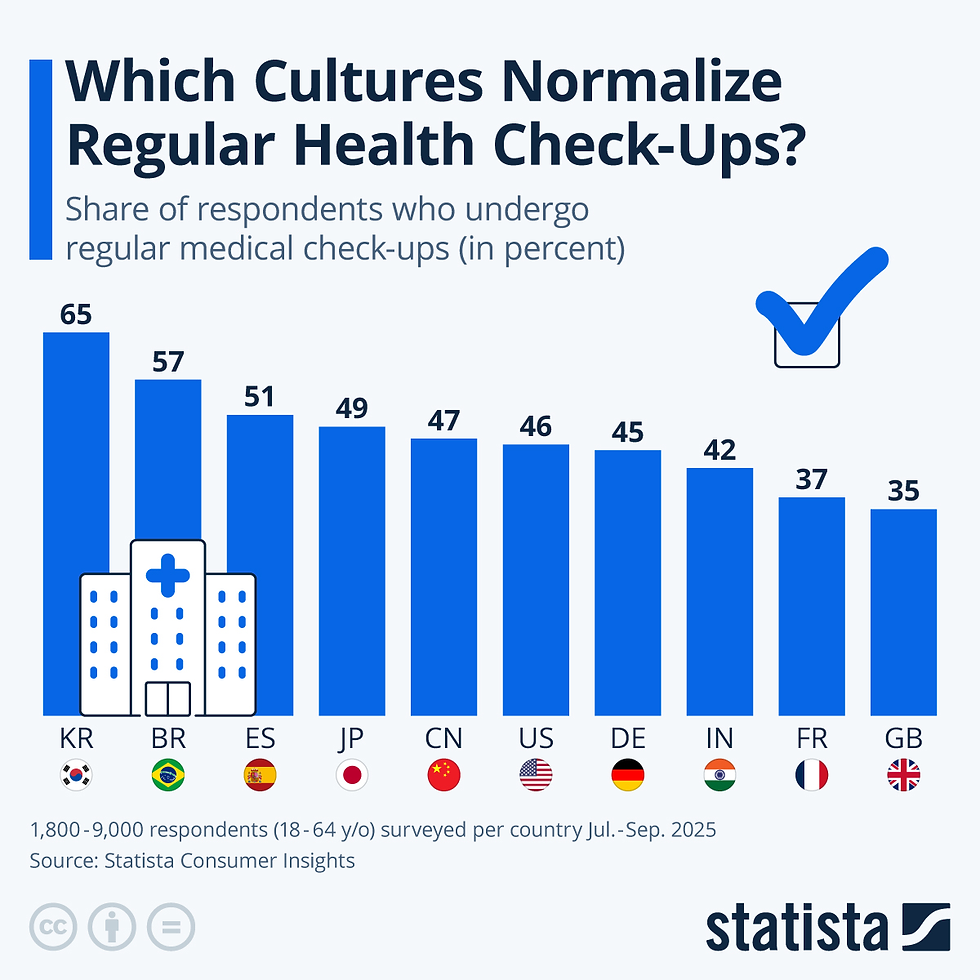The Places With the Most Marine Protected Areas
- raquelasg7
- Jun 27, 2024
- 2 min read
This article is published in collaboration with Statista
by Anna Fleck
Worldwide, some 30 million square kilometers of coastal waters were listed as marine protected areas in 2023, representing 8.2 percent of the surface area of oceans and seas, according to a study recently reported by Le Monde. However, this figure was still far short of the international community's target of protecting 30 percent of the oceans by 2030 to restore biodiversity. The study also concluded that only a third (36 percent) of these marine areas were under high or full protection and would be truly effective. In addition, the authors noted that many countries (including Brazil, the UK, France, South Africa, Australia and the USA) were establishing a significant proportion of these protected areas in remote areas or overseas territories.
As this chart, based on World Bank data shows, France and its overseas territories are among those with the highest share of protected territorial marine waters: 96 percent in New Caledonia and Saint-Martin (French West Indies) in 2022, and almost 50 percent overall for France (metropolitan France and overseas territories). France was thus just ahead of Germany and Australia, where the proportion of protected territorial marine waters was between 44 percent and 46 percent that year. With the exception of the micro-states of Palau and Monaco (100 percent or close to 100 percent), only Kazakhstan, which protected just over half of its coastal waters in the Aral Sea, came out ahead. Worldwide, 18 percent of territorial waters (over which the sovereignty of coastal states is exercised) were protected. World Bank statistics do not, however, detail the proportion of these marine areas under high or full protection.
Start leaning Data Science and Business Intelligence tools:
createandlearn#analytics#dashboard#finance#accounting#tableau#powerbi#excel#sales#datascience#businessintelligence





























Comments